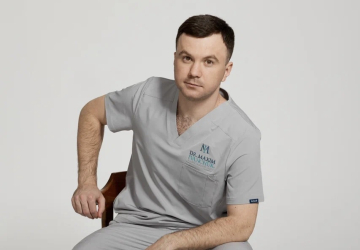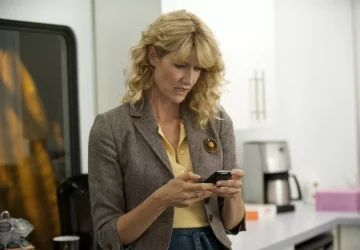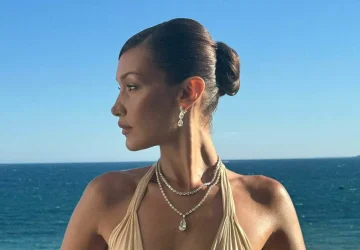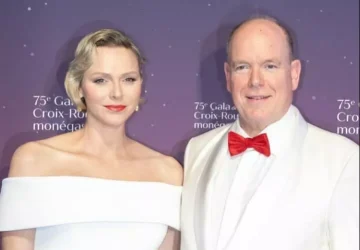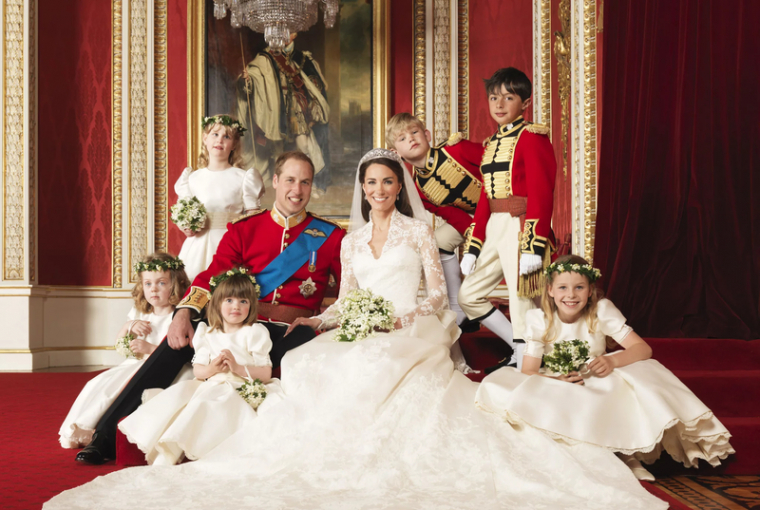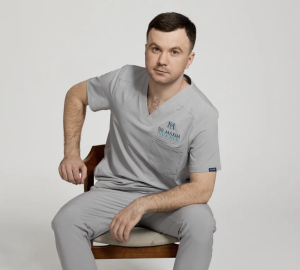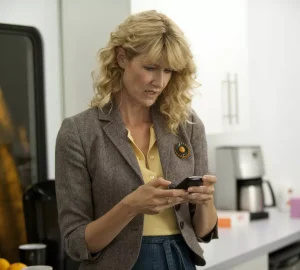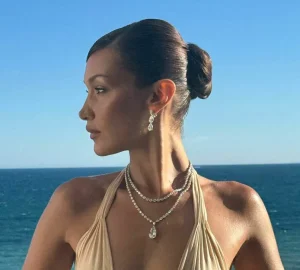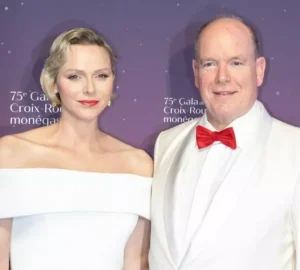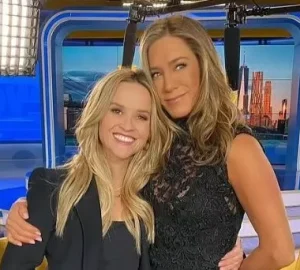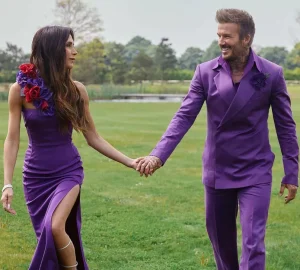On Friday 29 April 2011 at 11am in Westminster Abbey in London, the world’s most eligible groom, without exaggeration, tied the marriage knot. Prince William, heir to the British throne, has chosen a commoner, Miss Catherine Middleton, to be his wife. Within a year of the event, support for the monarchy in Britain rose to a record 80% of the population for the first time since the early 90s.
Despite the fact that William is not first in line to the British throne and therefore his wedding did not have the status of a state celebration, Britain has not seen such raucous celebrations in over 30 years – since the marriage of his parents Charles and Diana. Every detail was debated in the media and in the public eye, and an incredible number of souvenirs were produced in tribute to the bride and groom. Two thousand guests of all generations and ranks, from monarchs to the homeless, were invited to the wedding ceremony.
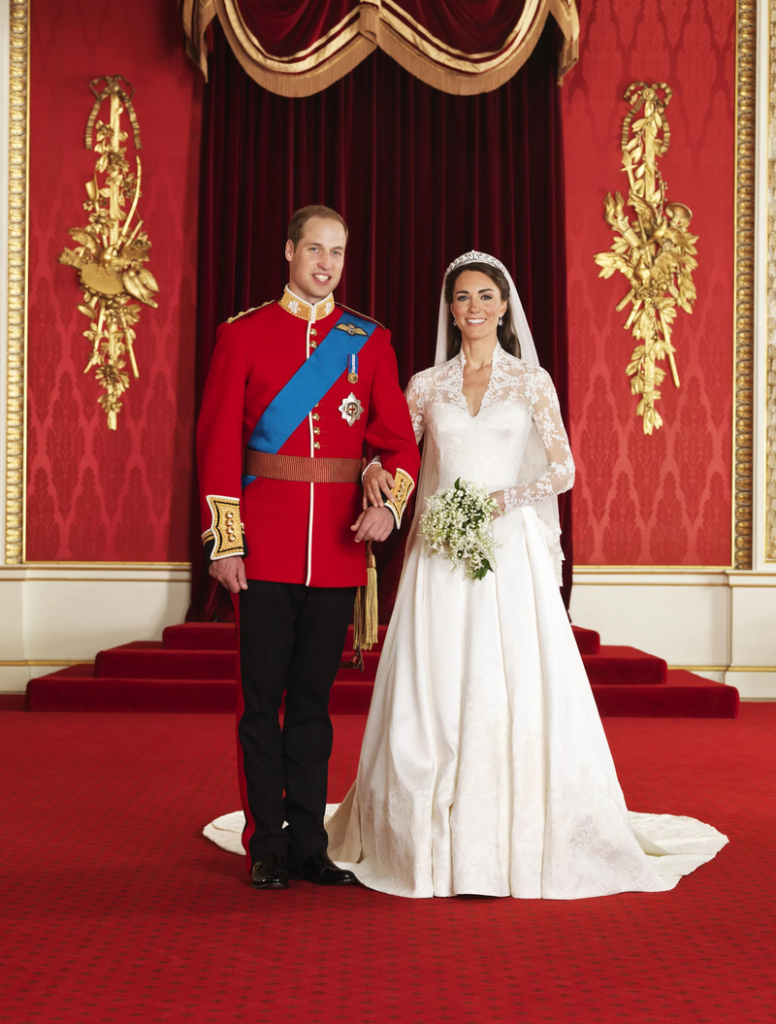
The bride’s gown itself and the name of its maker were shrouded in mystery until the moment Kate Middleton stepped out of a vintage Rolls Royce to set foot on the threshold of Westminster Abbey. It wasn’t until after the wedding that the announcement appeared on the official royal wedding website:
“Miss Middleton chose British brand Alexander McQueen for its beauty and craftsmanship, as well as its respect for dressmaking traditions and technology. Miss Middleton wanted her dress to blend tradition and modernity with the artistic flair that characterises Alexander McQueen’s designs. Miss Middleton worked closely with Sarah Burton in the process of designing the dress.”
The lace for the dress and train was created by craftsmen from the Royal School of Needlework, who used a weaving technique that originated in early 19th century Ireland. The individual lace flowers symbolising parts of the British kingdom – English rose, Scottish thistle, Irish clover and Welsh daffodil – were hand-carved and sewn onto ivory silk tulle. The craftsmen washed their hands every thirty minutes to keep the lace and thread clean, and the needles were changed every three hours to keep them dull. On the day of the wedding, Prince William wore white gloves before touching the sleeve of his young wife.
The veil, similarly adorned, was secured to the bridal couple’s head with a Cartier tiara in the form of a halo, which was lent to her by Elizabeth II. This piece of jewellery, made in 1936, was purchased by George VI for his wife Elizabeth three weeks before he succeeded his brother Edward on the royal throne. The tiara was later given by her mother to the current queen on her 18th birthday. She never wore it, but gladly lent it, first to her younger sister Margaret and then to her daughter Anne. .
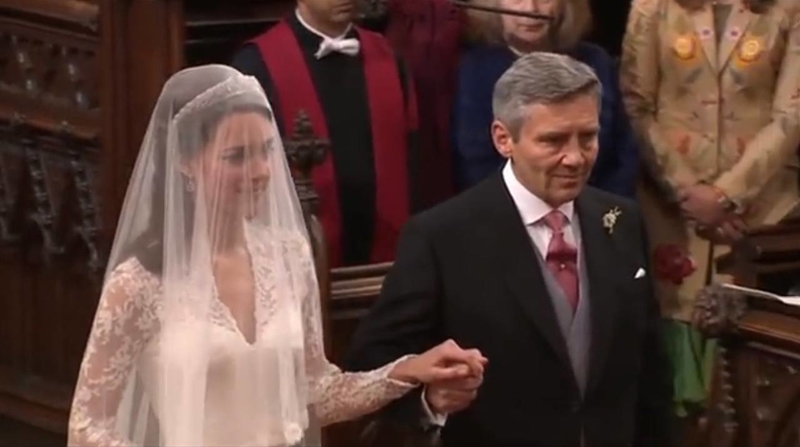
Before her marriage, a new coat of arms was designed for the family of the heir to the throne’s bride. It features the oak leaves and acorns for which her home county of Berkshire is famous. And the earrings Kate’s parents gave her for her wedding were made with oak-leaf-shaped scrolls and diamond acorns.
As for Prince William, he wore a military uniform. If it had been the ceremonial uniform of the Royal Air Force, in which he served, he would have looked rather modest against the glittering bride. But he married in the bright red uniform of the Irish Guards Regiment, of which he is an honorary colonel. And the newlyweds looked as they should in a fairy tale with a happy ending. And in the streets of British cities, their future subjects set up huge tables of refreshments.
In London, the royal wedding was celebrated by at least 1.5 million residents and visitors to the British capital. Local municipalities were overwhelmed by the number of requests to hold the celebrations and the closure of roads for the occasion. There were 854 London streets closed on 29 April because of the mass celebrations. Even Downing Street was the scene of a party organised by then British Prime Minister David Cameron and his wife Samantha for their staff. In fact, only 650 people were invited to Kate and William’s official wedding reception out of the two thousand who were at the wedding, and about three hundred people from the family and close friends of the newlyweds were invited to the dinner and the ball.
